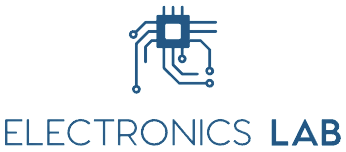Lithium Ion chemistry offers certain advantages over other energy storage chemistry like Lead-acid, Ni-MH or GEL technologies. Li-ion cells are comparatively more energy dense thus light weight, can supply high charge and discharge current, have better life cycles, dry and are very much portable. All such advantages has made it popular choices for powering up electronics gadgets like mobile phone, tables, portable speakers, drone, toys, rechargeable lights and many other devices.
This product is 2900mAH 3.7V NMC (Lithium Nickel Manganese Cobalt Oxide) chemistry based cell which can be used to power up electric vehicles, UPS and Energy storage device as it can supply 3C discharge current
Detailed specifications for the same are given as below table:
| Battery Capacity | 2900mAH ±5% @0.2C |
| Nominal Voltage | 3.7V |
| Chemistry | NMC |
| Cell Package | 18650 (18mm Diameter, 65mm Height) |
| Permissible Max Voltage | 4.2V |
| Internal Resistance | < 25mΩ |
| Rechargeable | YES |
| Charge Rating | 0.5C |
| Discharge Rating | 3C |
| Weight | 45~50gms |
| Brand | BAK/PSS/Great Power/Linsen |
| Applications | Electric Vehicle, UPS and Energy Storage Systems (ESS) |
Precautions:
- One need to take special care while dealing with Li-ion cells or battery pack
- Don’t charge or discharge without BMS or PCM (Protection Circuit)
- Don’t do piercing or try to open as it may catch fire
- Don’t charge/discharge above/below mentioned voltage rating and maximum charge/discharge current ratings
- Don’t do short circuit
FAQs:
Can we use this cell for Electric Vehicle Application?
– YES, These cells can supply enough current demanded by Electric Vehicle as these cells are having a discharge rating of 3C. Still it is recommended not to over load the cell above 2C discharge to operate in safe temperature region
What is the charging time?
-It would take 2 hrs to charge the cell with 1450mA. This cell is rated for 0.5C charge rating so maximum safe charging current is 1450mA.
How deep this cell can be discharged?
-It is best practice not discharge the cell below 2.85V. Usually BMS have 2.85V lower and 4.2V upper voltage cutoff settings.
what are the no of cycles and depth of discharge?
-No of operating life cycles (charge+discharge considered as one cycle) depends on various factors like charging-discharging current, operating temperature, depth of discharge. Ideally these cycles are 800 to 1000 cycles at 80% depth of discharge. It is best practice to put the battery on charging one the battery is discharged down to 40% and never leave the battery fully charged and discharged.



There are no reviews yet.